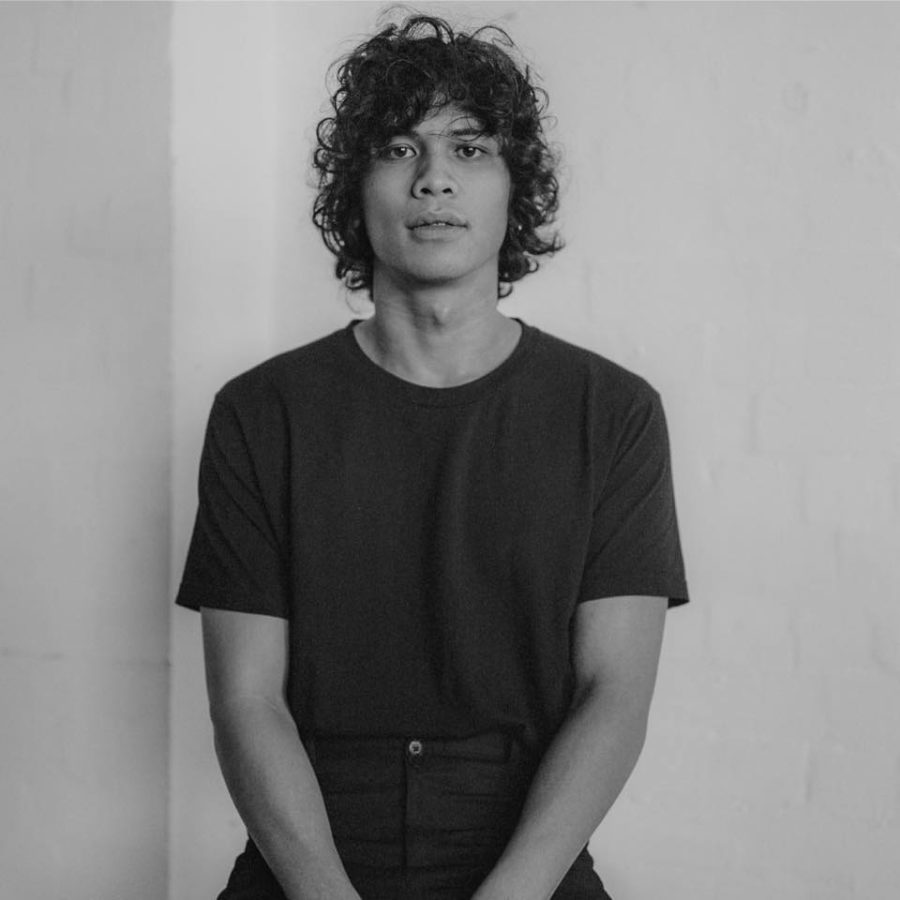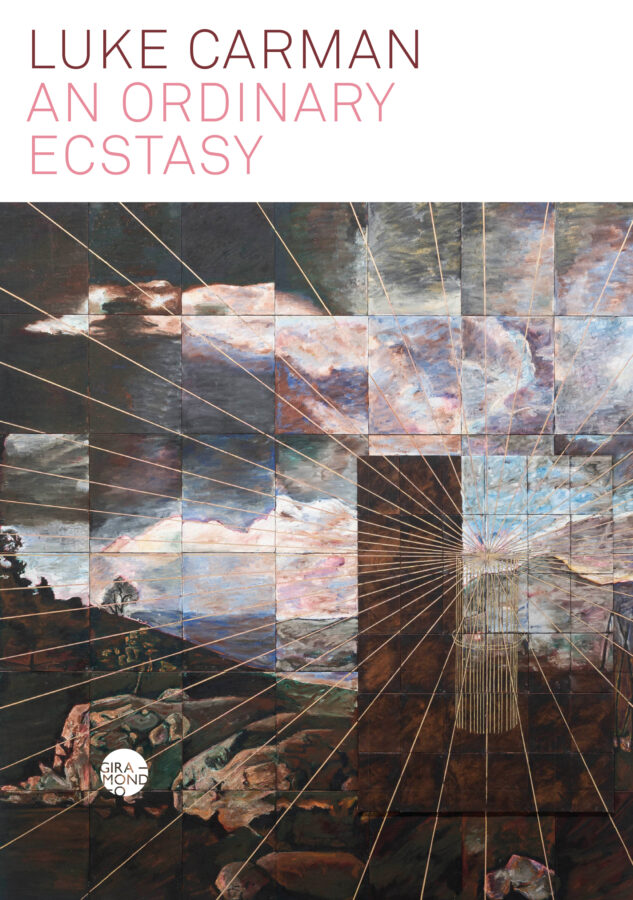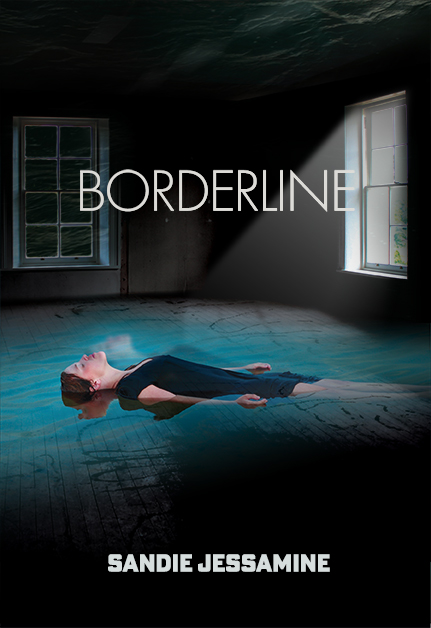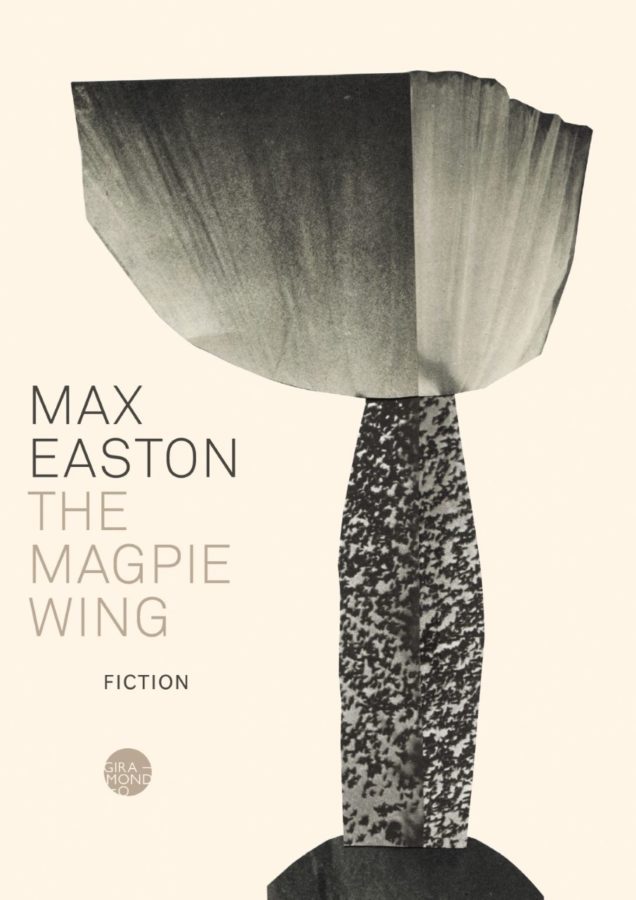Mum tried to find her footing in the loose rocks on a narrow path sandwiched between golden wattle and mountain devil shrub.
Martyn, don’t forget to say tabi tabi po, ok?
It was the last week of winter. I had suggested that we take advantage of the sunny day in a week that was forecast to be miserable. I took Mum, my brother and his girlfriend on a hiking trail that my friends and I used to explore. We discovered this secret spot when we all finally learned how to drive and didn’t have anything better to do. Mum didn’t know the park, Dharawal National Park, which sprawls over sixteen thousand acres, and is located fifteen minute drive from my parents’ apartment in Campbelltown, the place they have called home for the last 32 years.
Tabi tabi po translated from Tagalog to English means excuse me or may I pass? These are words addressed to the spirits that live in the trees, grass or bushland and are now applied to the newer spirits that live in buildings, concrete or bridges. My parents taught me that to say these words is a sign of respect and an acknowledgement that you are not a trespasser, that you are merely passing through. My brothers and I were warned that if we failed to say tabi tabi po, we could face severe consequences.
Generally, Filipinos are very superstitious. Dad gets creeped out anytime I wear something second-hand. ‘What if you’re wearing a dead person’s clothes?’ he asks. He prefers to live in new homes, as he believes old ones are haunted by the ghosts of previous residents. He scolded me as a child for cutting my nails at night because it brings bad luck and he warned me not to sleep with wet hair in case I woke up blind.
We drove through the streets of St Helen’s Park, passing the houses of relatives I never visit, and inched into Wedderburn, home of Australia’s largest koala colony. We sped down the long main road. Flashes of bushland, towering trees and the occasional farm with sheep, cattle and donkey, moved past the window.
Ten years ago my dad picked leaves off a guava tree, leaves which he was collecting for their anaesthetic properties. Soon after, severe rashes appeared all over his body. His eyes were swollen and his entire body became red. The markings were so severe he no longer looked like my dad; it was as if he had been replaced by a character conjured out of a science fiction horror film. The worst part was the sadness and fear in his eyes, the look of someone forced to succumb to the unknown, whose life would never be the same. His condition dumbfounded doctors and dermatologists. They couldn’t find any cause or cure. My relatives believed the spirits living in the guava tree punished him because he forgot to say tabi tabi po. To this day my dad has not recovered from this mysterious skin condition.
Breathing in the fresh Dharawal country air with my family reminded me of a hike we did four years ago in our motherland, the Philippines. Not far from Manila, Bangkong Kahoy Valley in Dolores lies between two dormant volcanoes, Mount Banahaw and Mount Sans Cristobal. We were led by three local men who suggested we walk barefoot in the tropical rainforest. What we thought would be a leisurely stroll ended up being a long dangerous pilgrimage navigating mossy logs, steep hills and slippery rocks. Tabi tabi po, we muttered a thousand times, huffing and puffing. The objective of the hike was the waterfall at the top of the mountain where the water was said to be holy and healing.
A small version of the Virgin Mary was placed within a man-made grotto, overlooking the water and us pilgrims. Dad was determined to revive his skin here. The waterfall acted as the Jordan River, my dad played the role of Jesus, the village men John the Baptist. I rolled my eyes as everyone doused themselves in the magical water. My mum, already wet and refreshed, forced me to participate since my eczema was flaring up. I closed my eyes in anticipation of the cold liquid pouring down my face. It trickled off the strands of my hair, dribbling down to the rest of my body, triggering goose bumps to surface. For a brief moment I let myself freefall into the notion that this water really could heal my skin ailments. Locals believe Mount Banahaw is spiritually charged. According to legend, a man named Agripino Lontoc was guided by holy voices which revealed the special locations on the mountain during the era of Spanish colonial rule. If there was any chance this was the Lourdes of the Philippines, I would be dumb not to take it.
It was a short walk through Dharawal National Park to our destination, so we were able to take it slowly. We indulged in the streams of sunlight that crept through the gaps of the shading trees. We observed the gorgeous native flora that we normally take for granted. We sought the splashing sounds of spitting water and followed the flowing river. The aggressive motion of the waterfall cascading into the rockpool called out to us as we drew closer.
We were finally met by an entrance sign:
Minerva Pool is culturally significant to the Tharawal Local Aboriginal Land Council.
Minerva Pool is a place only for women and children to enter the waters. We invite you to visit the lookout, explore the natural formations and respect the cultural significance.
We sat ourselves down on a flat area of sandstone facing the baths. A serene landscape of earthy hues of brown and green surrounded us. Just metres ahead a small stone island stood isolated in the freshwater. I relaxed my eyes in the silence. I attempted to control my breath to a meditative pace. I inhaled the oxygen produced by the nearby trees for six whole seconds, held it within my lungs for four more and slowly exhaled for eight ––consciously participating in the cyclical exchange between human and nature. Scenes of the past and beyond overwhelmed my imagination. Dharawal women and children bathed and swam in the pool ahead of me while the men stood by the banks. Among them, spiritual figures of pre-colonial Filipino folklore wandered. In my mind the two groups lived in coexistence and cohabitation.
Among the trees that cradled upon our heads lay Kapre, the cigar-smoking spirit giant who peacefully passed time by people-watching. Within the rock wall and small caves, where water slowly trickled down, a mischievous Duende would appear. The goblin-like creatures with long beards can be friendly to passersby, so long as they do not anger them. Galloping in the swampland might have been Tikbalang, the half human half horse who hangs out in trees. Not as friendly as its wallaby and koala comrades, the Tikbalang has the ability to shapeshift into the relatives of innocent travellers in order to lead them astray. In the small mountains of anthills that appear in our path resides Nuno Sa Punso or the ‘old man of the mound’, a dwarf-like spirit with a bad temper.
When we say tabi tabi po we are addressing these life forces who belong to a realm invisible to our eyes. By acknowledging their existence and their intrinsic ties to the land, their homes, we enter a mutual agreement of respect and responsibility. The oral ritual strengthens the relationship between human and spirit, where commonality is found in the governing of nature. We must seek permission before we cut, mine, dig, burn, alter, change or destroy the earth.
One of my earliest memories learning about tabi tabi po was at my lolo’s grave. My titas murmured the saying under their breaths as they carefully stepped across the field of disintegrating flesh en route to my lolo’s spot. Every year at the anniversary of his death, family members kneel by his grave and recite the rosary, praying for his soul to be granted eternal rest. I thought my titas looked crazy talking to themselves. ‘How would you like it if someone stepped on your grave or came into your house without permission?’ they barked back. I spent the duration of the rosary silent, scared of the ghosts joining us from their coffins and the aswangs lingering behind the trees.
Before we left the park my brother and I investigated a small cave formation, hopeful in our imaginations that we would uncover pre-settlement markings. We were disappointed to find a mural of graffiti tags, cigarette debris and scattered bits of rubbish. Mum tutted, making a noise with her tongue and teeth. We picked ourselves up from the banks of the river, collected the wrappers of our devoured pork rolls and retraced our footsteps back to the car.
A few weeks later my lola visited me in my apartment, which is located in an old building, on top of a sewing machine shop in the inner west. When they arrived in Australia my lolo and lola chose to build a house of their own in the suburbs, suspicious of ghosts that may already occupy pre-existing buildings. She entered through the door and couldn’t keep the slight sense of fear from her face. As she slowly walked up the stairs, with one hand holding the railings, the other holding her cane, I heard her say excuse me excuse me. At the dinner table, I asked her to tell me stories about the monsters and rituals that feature in the pre-colonial folklore she grew up with. I thought it would help me write this essay. She instead offered a story from the early days of moving to Australia: ‘I was with your lolo, walking among trees and I said tabi tabi po. Your lolo looked at me like I was crazy. He said we’re in Australia now. The spirits here don’t know how to speak Tagalog! So now I just say excuse me, excuse me.’
This essay was commissioned for Symbiosis, the 2020 Bankstown Biennale. The Sydney Review of Books is delighted to be partnering with the Bankstown Arts Centre to showcase the work of three emerging Western Sydney writers: Nadia Hirst, Christine Lai and Martyn Reyes. Find out more about the Biennale here and read all the Symbiosis essays here.



